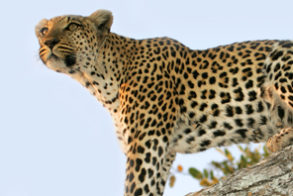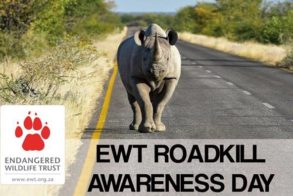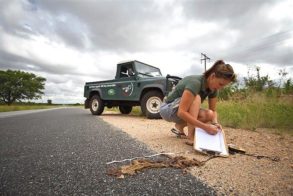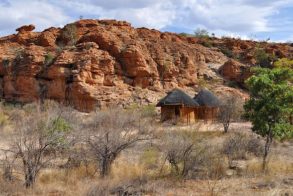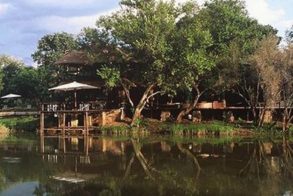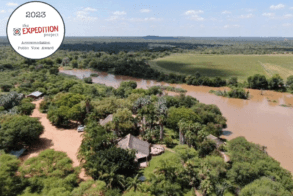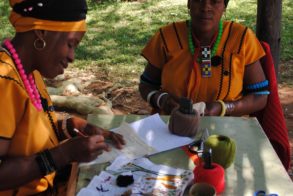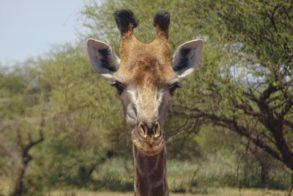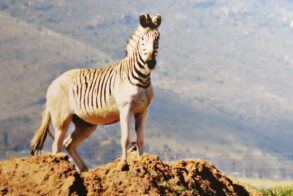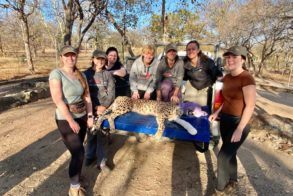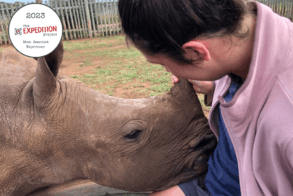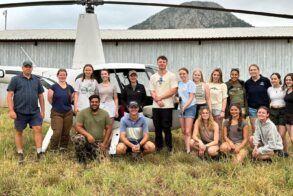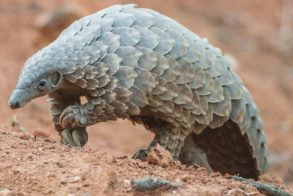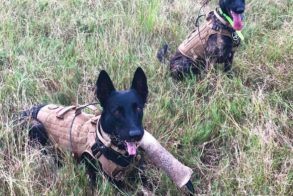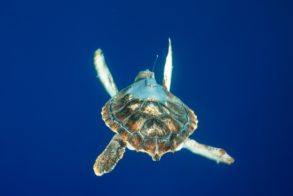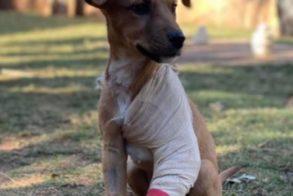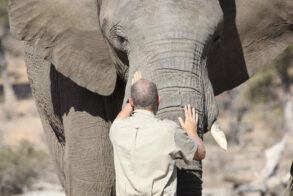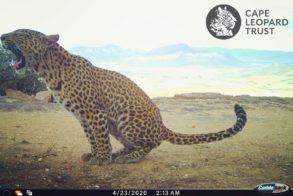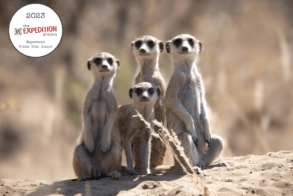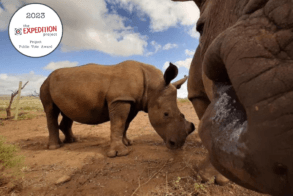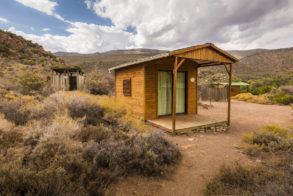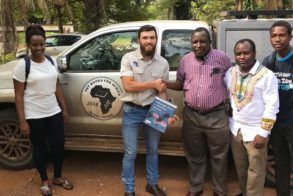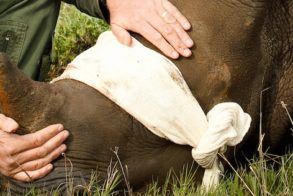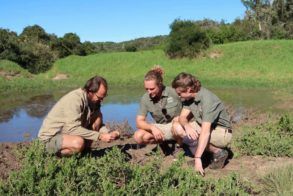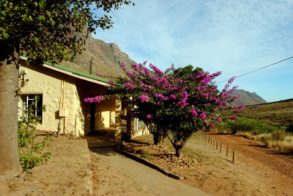Roads are integral to the continued development and prosperity of South Africa’s economy. However, roads also have the potential to destroy and degrade habitat, as well as fragment wildlife populations. Traffic, particularly when reckless driving is involved, can have a direct negative impact on wildlife, with many species at risk from wildlife-vehicle-collisions, often resulting in an animal’s death, or ‘roadkill’.
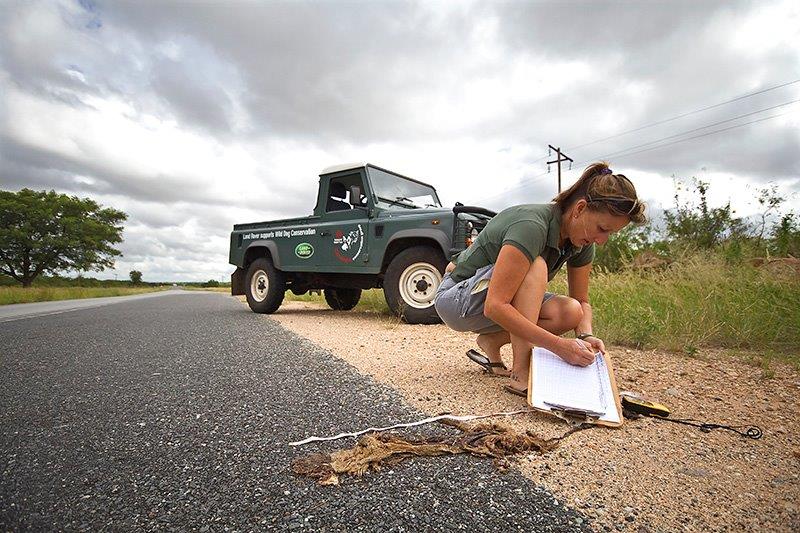
Tackling wildlife deaths on South African roads
A relatively large body of international literature is available on mitigation measures to reduce conflict between road infrastructure and wildlife. However, few of these techniques have been tested for applicability to the species and situations found in South Africa, despite the country’s legislative framework that necessitates environmental impact assessments for development. This is in part due to a lack of understanding of the impacts of road development on wildlife.
Work conducted since 2010 by the Endangered Wildlife Trust’s Wildlife and Roads Project (EWT-WRP) has accelerated a greater understanding of the impact of road infrastructure on wildlife and provided potential solutions to minimise wildlife road mortality, resulting in the emerging scientific discipline of Road Ecology.
The goal of road ecology is to provide planners with scientific advice on how to minimise or mitigate negative environmental impacts of transportation. Road Ecology in South Africa is a rapidly emerging field of research for which the EWT is spearheading pioneering initiatives, and being recognised as being at the forefront of this area of research. The EWT-WRP is the only large-scale initiative in the country that tackles the issue of wildlife deaths on our roads head on.
To ensure your safety over the holiday period as well as the safety of our wildlife, here are some tips to help you stay safe on the roads:
- Take special care near animal crossing warning signs or signs warning of the absence of fences. The signs are there for a reason.
- Minimise your distractions from passengers, food, and accessories like cell phones. If your full attention is on the road, you’ll be more likely to spot approaching animals with your peripheral vision.
- Get in the habit of scanning the roadside as you drive and be especially watchful in areas near thick bush and water.
- If you see one animal, expect that there are others nearby.
- Nocturnal species are the most vulnerable to being hit on roads. Drive a little slower at night and if you see an animal in the road ahead, dim your lights and hoot. Car headlights blind animals so that they don’t always move away.
- Drive within the speed limit to increase your own and the animal’s reaction times. Slow down if you know there’s a possibility of wildlife coming onto the road.
- Always wear safety belts.
- Slowing down a little gives you and the animal more time to react – be especially cautious at night.
- If the animal is in your path, brake firmly but do not swerve to avoid it. Sound your horn in a series of short bursts to frighten it away. Provided you can slow down with control, steer around the animal but stay on the road if possible. Watch out for oncoming traffic.
- If a collision seems inevitable, don’t swerve to avoid the animal; your risk of injury may be greater if you do. Maintain control of the vehicle. Report the accident to the police and your insurance company.
- If you hit and injure a wild animal, call the nearest wildlife rehabilitation centre or vet. Be careful of handling potentially dangerous animals yourself.
- Don’t throw food scraps or other rubbish out of your car since it attracts wildlife and increases the risk of roadkill.
- The following numbers are useful to have on hand in case of an emergency while on the road:
o Bakwena N1N4 toll helpdesk: 0800 225 9362
o N3TC helpdesk: 0800 63 4357
o TRAC N4 helpdesk: 0800 87 2264 or 082 881 4444
Roadkill data can be emailed to [email protected] or submitted via EWT’s Road Watch app. Visit the iTunes or Play store to download this app. Further details can be found on the EWT website: www.ewt.org.za
When reporting roadkill, the following information should be provided:
- Location of roadkill (GPS coordinates)
• Identification of species (as best as possible)
• Date and time it was seen
• Notes on the habitat type at the particular section of the route where the roadkill was located (eg riverine, grassland, rocky, wetland, etc) would be useful.
Good identification photos (particularly if the carcass is very squashed) require a little bit of attention. Only stop and take a photo if it is safe to do so, then try and record the following:
- Birds: Tail and wing feathers; beak and feet (if the whole bird is no longer there); and eye.
• Reptiles: Scales; head shape; foot shape (if applicable).
• Amphibians: foot shape (webbed); presence of warts; colouration around head and eye.
• Mammals: fur/hair colour; body size; teeth type (carnivore or herbivore).
Contact
To view contact details for this destination, you need to be logged in. If you don't yet have an Expedition Project account, don't worry it's totally free to create one.
Login Register
